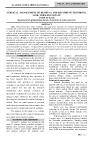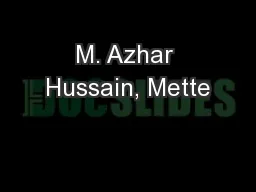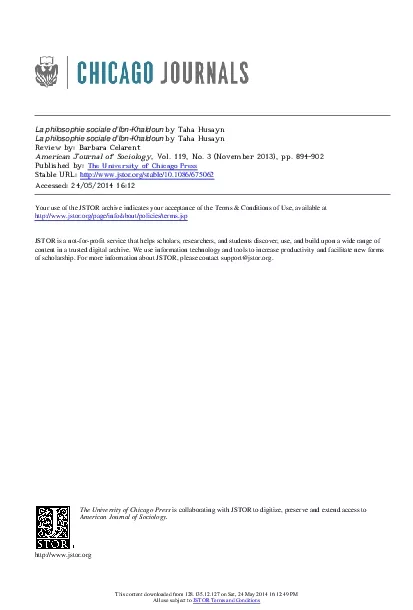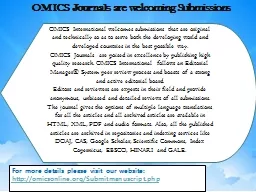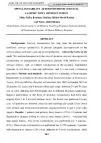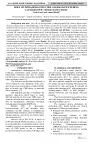PDF-AZHAR ASSIUT
Author : bery | Published Date : 2022-09-09
AL MEDICAL JOURNAL VOL 13 NO 1 JANUREY 2015 44 Page SURGICAL MANAGEMENT OF RESIDUAL AND RECURRENT EXOTROPIA LONG TERM FOLLOW UP Abdallh M A lamin Department
Presentation Embed Code
Download Presentation
Download Presentation The PPT/PDF document "AZHAR ASSIUT" is the property of its rightful owner. Permission is granted to download and print the materials on this website for personal, non-commercial use only, and to display it on your personal computer provided you do not modify the materials and that you retain all copyright notices contained in the materials. By downloading content from our website, you accept the terms of this agreement.
AZHAR ASSIUT: Transcript
Download Rules Of Document
"AZHAR ASSIUT"The content belongs to its owner. You may download and print it for personal use, without modification, and keep all copyright notices. By downloading, you agree to these terms.
Related Documents

